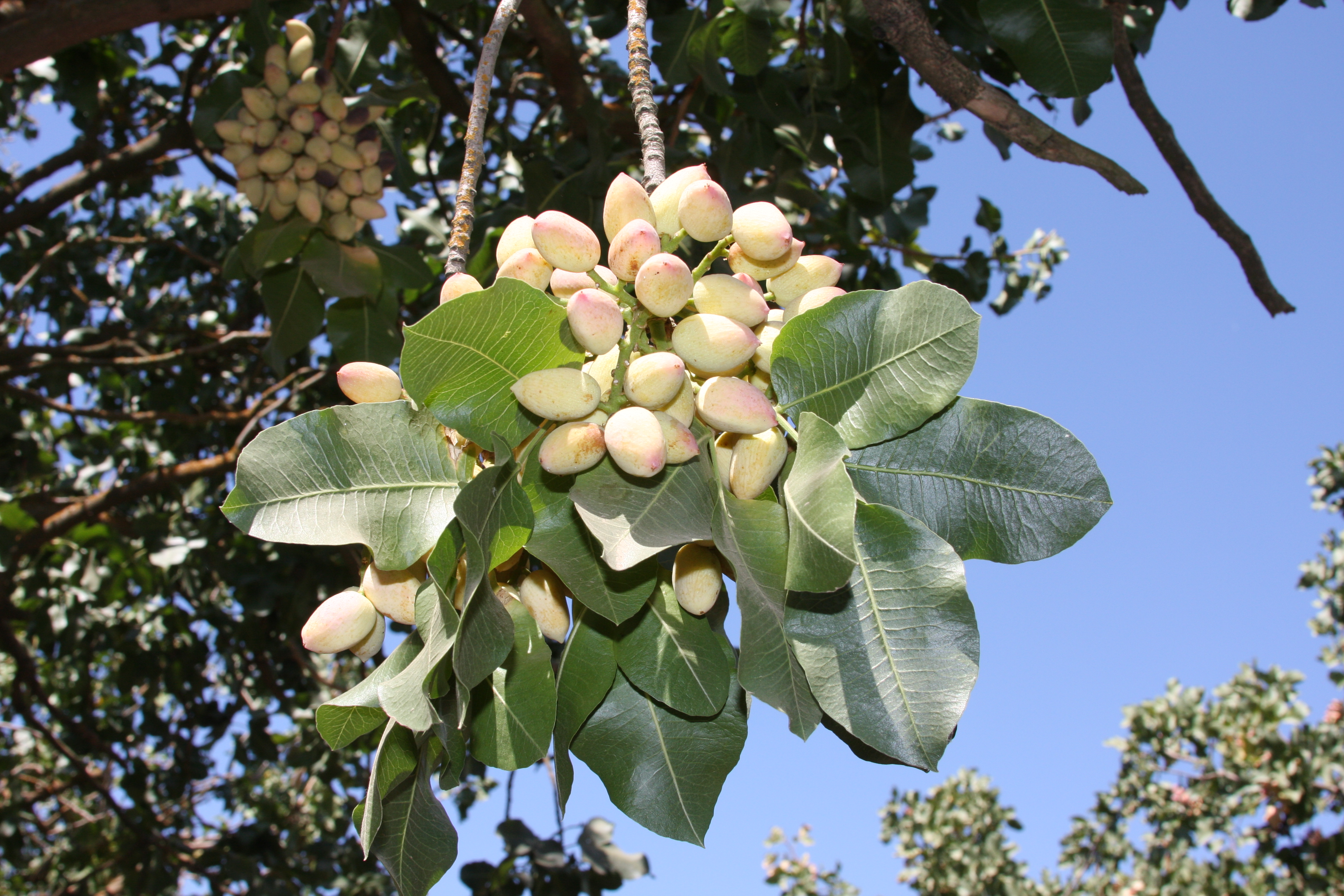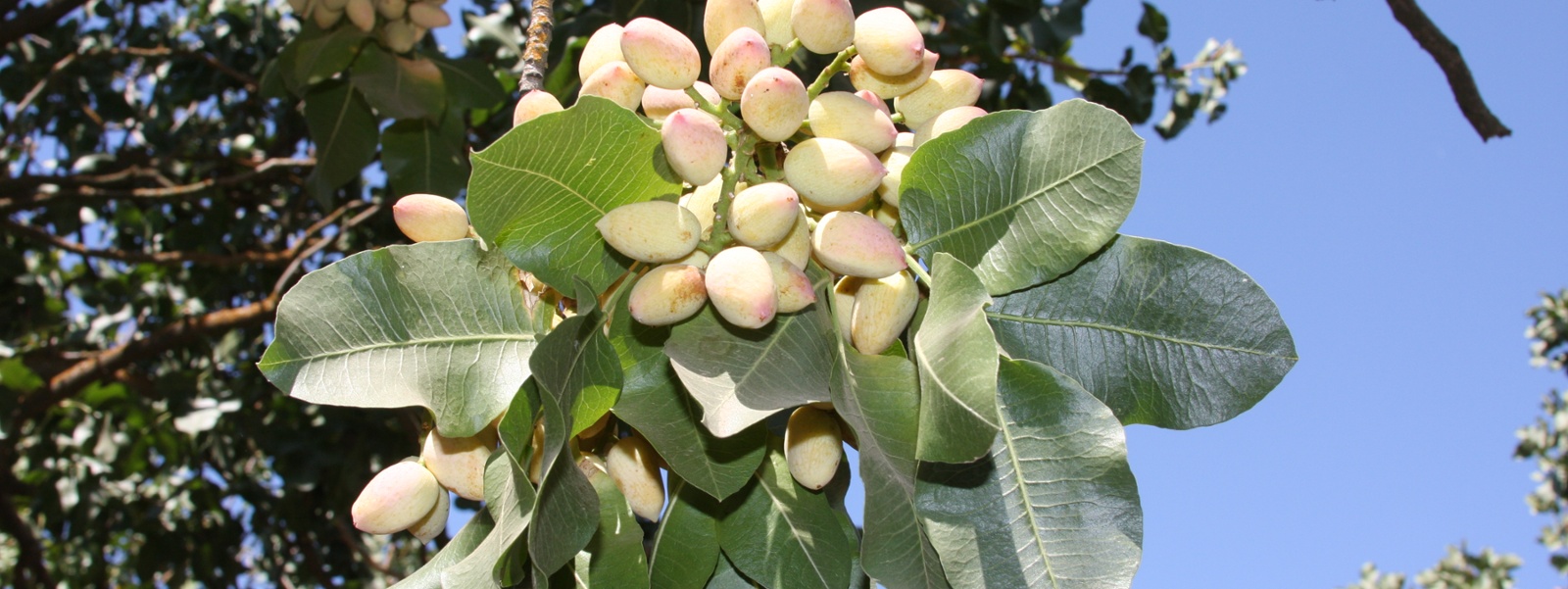Pistachio growers hopeful about potential record crop


By Ching Lee
Considering the waning profitability of almonds and walnuts, pistachio growers are upbeat about prospects for the state’s current “it” crop.
More rainfall this season has eased the multiyear drought, with improved water allocations for farms. The colder winter has also provided adequate chilling hours for pistachio trees to produce flowers and fruit. With more pistachio trees coming online this year, growers appear on pace to produce a record crop that could top 1.2 billion pounds, according to Richard Matoian, president of the American Pistachio Growers.
“On the surface, the outlook appears to be positive,” he said, though he warned “a lot can happen and has happened in the past between what we believe and where we end up.”
At the association’s annual conference in Carlsbad last week, Matoian shared his thoughts on the state of the industry, highlighting what helps growers sleep at night and what keeps them up.
On the rosy side, there’s less inventory this year due to the lighter crop in 2022, when production hit more than 878,000 pounds. 2022 was considered an “off” year in the trees’ alternate-bearing cycle and was preceded by two previous bountiful crops, yields of which reached more than 1 billion pounds. The record 2021 crop produced more than 1.15 billion pounds.
After two years of port congestion that led to delayed and stranded shipments of agricultural exports, Matoian noted those problems have largely been resolved. The quality of U.S. pistachios remains a “major selling point worldwide,” he said, as are the nut’s health benefits. Pistachio marketers continue to make inroads with consumers, who have become more familiar with the nut, he added.
But challenges remain on the trade front. Retaliatory tariffs in China from the Trump-era trade war remain, elevating the price of U.S. pistachios. The strong dollar has added to the pain, making the product even more expensive. The potential for a worldwide recession could further wreck sales, Matoian said.
Even though port traffic has improved, not all shipping issues have gone away, Matoian said. Any number of supply chain problems could strain the availability of pesticides, fertilizers and other materials, hurting pistachio production and sales.
The U.S. remains the world’s top pistachio producer, a title it has held for more than a decade. About 99% of the crop is grown in California, with 2023 bearing acres at just fewer than 454,000. Total state acreage stands at about 590,000, including 135,000 nonbearing acres.
Even with the potential for a record crop this year, Bikram Hundal, a pistachio grower and handler with orchards in Tulare, Kings and Madera counties, said he is not worried about finding markets for the nut—provided shipping problems don’t return.
“That was the one factor that really jeopardized the overall sales for all the tree nuts,” said Hundal, who also grows and processes almonds.
Should growers produce more than 1 billion pounds this year, he said, the pistachio crop still would not rival state almond production, which has reached more than 3 billion pounds. The price of almonds has plummeted in recent years, making the nut unprofitable to grow for many farmers. Pistachio prices have held, Hundal pointed out.
From September 2022 to January 2023, overall pistachio shipments jumped 1.9% year over year, Matoian said. Though domestic shipments dropped by 2.4%, exports rose 3.9%. These numbers are positive, he said, “especially when you think about other commodities and difficulties and troubles they’ve had.”
It helps that current worldwide pistachio production is off by about 10%. Production in Iran—the world’s No. 2 producer and the U.S.’s main competitor—has become “more erratic” in recent years, Matoian noted. Like California, the Middle Eastern nation has been plagued by drought, causing it to lose 20,000 to 40,000 acres a year, he said.
With Chinese tariffs on U.S. pistachios, Iran—which does not have tariffs on pistachios going to China—has taken that market, becoming its top supplier, Matoian said. Meanwhile, U.S. pistachio exports to China have plunged 21.5%. Some of the lost sales have been offset by growth in the European Union, the top destination for U.S. pistachios. Exports to the EU have increased 9.2%, Matoian noted.
The potential danger for California pistachio growers is the “tremendous amount of new acres coming into production,” Matoian said. State acreage increased 20% between 2020 and 2022, from 371,386 to 446,000 acres. While it took 40 years for production to reach 1 billion pounds, he said he expects it will balloon to 2 billion pounds in the next 10 years.
“What effect all this additional acreage and growth has on the industry remains to be seen,” he said. “There’s an argument to say consumers want our product, and we’re going to be just fine. But there’s also another argument that there’s going to be too much on the marketplace.”
Calling the growth numbers “scary,” Madera County grower Chris Wylie said the race to add new acreage does concern him. He also grows almonds and has seen how prices have responded to the increasing acreage. He said he wonders at what point pistachio prices will take the same dive. But he noted pistachio brokers and nut processors tell him the market can take a 2-billion-pound crop “and still be OK.”
“I hope they’re right,” said Wylie, who added that overplanting “does worry me though.”
Pistachios prices have already fallen, said Thom Dille, CEO of Little Creek Inc., which grows pistachios in Kern County. He noted that in 2020, the base price before bonuses was $1.85 a pound, and this year it’s a $1.38.
Meanwhile, his production costs have more than doubled in 10 years. In 2010, it cost him $1.2 million to produce the crop. In 2020, his costs rose to $2.5 million, with much of the increase related to water. With the drought and the lack of water deliveries to farms, he’s had to buy water on the open market at about $1,000 an acre-foot; that’s compared to the normal rate of $220 an acre-foot in Kern County.
In planning for restrictions on groundwater pumping, Dille said the company bought an old almond orchard that it has fallowed, so that it can use the water allocations from that property for its pistachios. All this adds to the expense of producing the nut. With the rising cost of labor, chemicals and other inputs, he said it begins to make pistachios unprofitable.
“We seem to be better off than almonds, but it used to be much more profitable,” Dille said.
Even so, Dille said he remains optimistic about producing a larger-size quality crop this year with the assumption that he will receive perhaps not a full allocation of water “but certainly the best one in probably 10 years.”
(Ching Lee is an assistant editor of Ag Alert. She may be contacted at clee@cfbf.com.)




